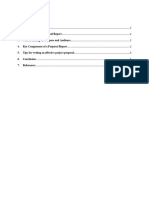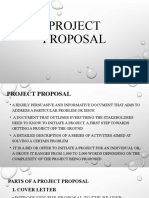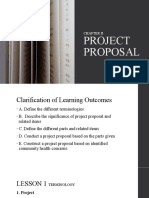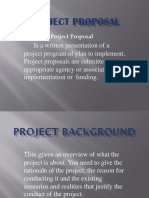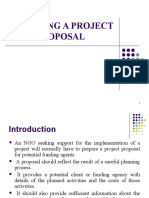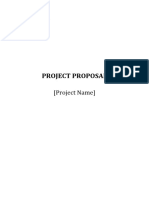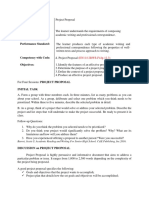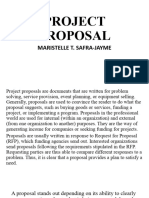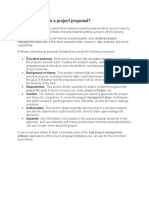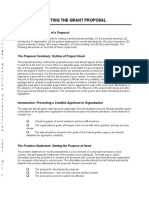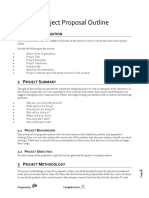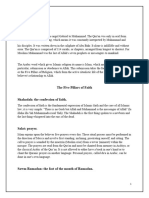Contents
Introduction..................................................................................................................................................2
Explanation...................................................................................................................................................2
i. Introduction..............................................................................................................................2
ii. Background...............................................................................................................................2
iii. Objectives..................................................................................................................................3
iv. Methodology.............................................................................................................................3
v. Scope..........................................................................................................................................3
vi. Timeline.....................................................................................................................................3
vii. Budget.........................................................................................................................................3
viii. Risks and Mitigation Strategies...............................................................................................4
ix. Stakeholder Analysis.................................................................................................................4
x. Conclusion..................................................................................................................................4
xi. Recommendations.....................................................................................................................4
xii. References...................................................................................................................................4
xiii. Evaluation Plan...........................................................................................................................4
xiv. Key Performance Indicators (KPIs).........................................................................................5
xv. Data Collection Methods............................................................................................................5
xvi. Data Analysis Procedures..........................................................................................................5
xvii. Reporting and Communication.................................................................................................5
xviii. Continuous Improvement Strategies........................................................................................5
xix. Timeline for Evaluation.............................................................................................................6
Conclusion....................................................................................................................................................6
References.....................................................................................................................................................6
1|Page
� Mastering Proposal Reports
Introduction
In the realm of project development and implementation, the ability to craft effective
proposal reports stands as a critical skill. The success of any endeavor often hinges upon the
clarity, coherence, and persuasiveness of its proposal. This comprehensive guide delves into the
intricate art of writing proposal reports, illuminating each essential aspect from inception to
evaluation. Beginning with a solid introduction, the foundation is laid, delineating the project's
purpose, scope, and significance. Subsequent sections, including background, objectives,
methodology, scope, timeline, budget, risks, stakeholder analysis, recommendations, and
references, further flesh out the proposal's framework. Crucially, the inclusion of an Evaluation
Plan ensures that the project's success is not only achieved but also rigorously accessed and
communicated. With a mastery of proposal reports, stakeholders and decision-makers alike are
equipped to navigate the complex landscape of project development with clarity and confidence.
Explanation
i. Introduction
The introduction section of a proposal report serves as the foundation, setting the stage
for the proposal's purpose, scope, and significance. It should briefly introduce the project,
identify the problem or opportunity it addresses, and provide an overview of the proposed
solution.
ii. Background
In the background section, provide context and background information relevant to the
proposed project. This could include relevant research, existing solutions, historical context, or
industry trends. The purpose is to establish a comprehensive understanding of the problem or
opportunity being addressed.
2|Page
�iii. Objectives
Clearly outline the objectives of the proposed project. These should be specific, measurable,
achievable, relevant, and time-bound (SMART). Objectives provide a roadmap for the project's
implementation and serve as benchmarks for evaluating its success.
iv. Methodology
Detail the methodology that will be employed to achieve the objectives outlined in the
proposal. This section should describe the approach, tools, techniques, and resources that will be
utilized throughout the project lifecycle. It's important to demonstrate feasibility and practicality
in the chosen methodology.
v. Scope
Define the scope of the proposed project, including its boundaries, deliverables, and
limitations. This section helps stakeholders understand what will be included in the project and
what will not. Clearly defining the scope helps manage expectations and mitigate scope creep
during project execution.
vi. Timeline
Present a timeline or schedule for the proposed project, outlining key milestones, deadlines,
and dependencies. This provides a roadmap for project implementation and helps stakeholders
understand the project's timeline and duration.
vii. Budget
Provide a detailed budget for the proposed project, including estimated costs for resources,
personnel, equipment, and other expenses. It's important to be transparent and realistic in budget
estimates, accounting for contingencies and unforeseen expenses.
3|Page
�viii. Risks and Mitigation Strategies
Identify potential risks and challenges that may arise during project implementation and
outline strategies for mitigating these risks. This section demonstrates foresight and proactive
planning, reassuring stakeholders that potential obstacles have been considered and addressed.
ix. Stakeholder Analysis
Conduct a stakeholder analysis to identify key stakeholders, their interests, roles, and
potential impact on the project. Understanding stakeholders' perspectives and concerns helps
ensure alignment and buy-in throughout the project lifecycle.
x. Conclusion
Summarize the key points of the proposal report, reiterating the problem or opportunity,
proposed solution, objectives, methodology, scope, timeline, budget, and risk mitigation
strategies. Emphasize the potential benefits and value proposition of the proposed project.
xi. Recommendations
Provide recommendations for next steps, including approval processes, further research,
stakeholder engagement, or additional planning activities. This section guides decision-makers
on how to proceed with the proposed project.
xii. References
Include a list of references cited throughout the proposal report, following a consistent
citation style such as APA or MLA. This allows readers to access the sources for further
information and validation of the proposal's claims.
xiii. Evaluation Plan
The Evaluation Plan outlines how the proposed project's success will be assessed and
measured. It serves as a roadmap for monitoring progress, identifying areas for improvement,
4|Page
� and demonstrating the project's impact. The Evaluation Plan typically includes the following
components.
xiv. Key Performance Indicators (KPIs)
Identify specific metrics or indicators that will be used to measure the project's progress and
success. These KPIs should align with the project objectives and provide quantifiable data for
evaluation.
xv. Data Collection Methods
Describe the methods and tools that will be used to collect data related to the identified KPIs.
This may include surveys, interviews, observations, document analysis, or other data collection
techniques.
xvi. Data Analysis Procedures
Outline how the collected data will be analyzed and interpreted to assess the project's
performance. Specify any statistical methods, software tools, or qualitative analysis techniques
that will be employed.
xvii. Reporting and Communication
Define how evaluation findings will be reported and communicated to stakeholders. This
may include regular progress reports, presentations, dashboards, or other communication
channels to ensure transparency and accountability.
xviii. Continuous Improvement Strategies
Describe how evaluation findings will inform decision-making and drive continuous
improvement throughout the project lifecycle. This may involve adjusting strategies, reallocating
resources, or refining project activities based on evaluation results.
5|Page
�xix. Timeline for Evaluation
Establish a timeline for conducting evaluations at key milestones throughout the project. This
ensures that evaluation activities are integrated into the project timeline and that timely feedback
is available to inform decision-making.
Conclusion
In conclusion, a well-written proposal report provides a comprehensive overview of the
proposed project, addressing key components such as the problem statement, objectives,
methodology, scope, timeline, budget, risks, stakeholders, and recommendations. By following a
structured format and including relevant details, a proposal report effectively communicates the
value proposition and feasibility of the proposed project to stakeholders and decision-makers. By
including an Evaluation Plan in the proposal report, stakeholders gain confidence that the
proposed project will be rigorously evaluated and that its impact will be effectively measured
and communicated. This enhances accountability, transparency, and the overall likelihood of
project success.
References
Locke, L. F., Silverman, S. J., & Spirduso, W. W. (2019). Proposals that work: A guide for
planning dissertations and grant proposals. SAGE Publications.
Project Management Institute. (2017). A guide to the project management body of
knowledge (PMBOK guide). Project Management Institute.
6|Page






